D.H. / INSPIRATION / EXPLORATION / INVESTIGATION#
THINKING OF MY FINAL PROJECT#
Since my beginning in the Fabricademy program, I had decided that my final project would have to do with the millinery and a new way of working in it. This made that in my creative and constructive process week after week going through the different assignments, I always thought about applying the new knowledge in prototypes or portable objects in the head. After concluding this first part of the program, I found a wide range of possibilities, many new ideas, new tools, new materials and new technologies that I wanted to apply in my final presentation.
- This collage contains abstract drawings, hand-made sketches and personal references that accompany me in this initial phase of gestation of ideas.
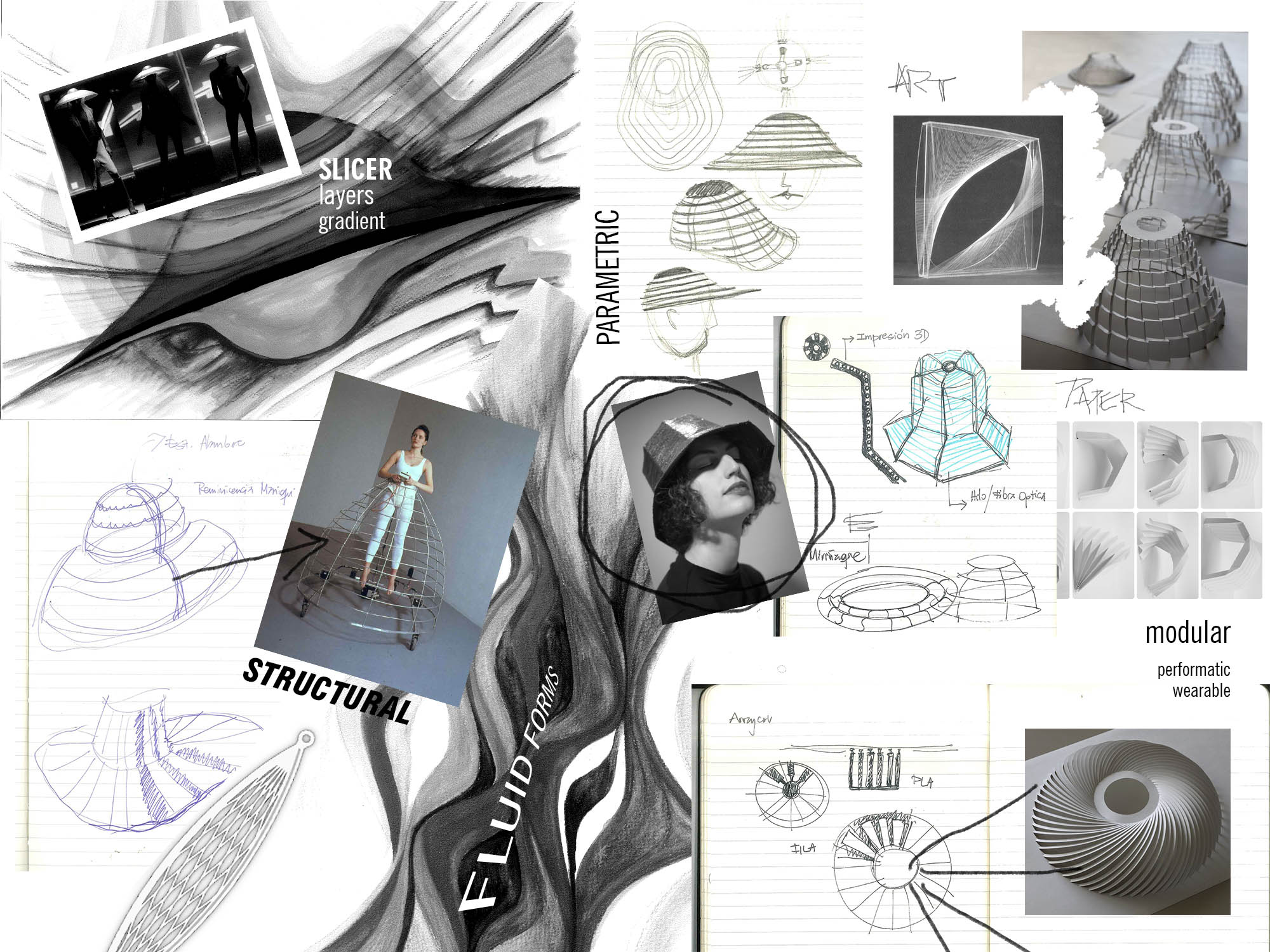
Conceptualization / inspirational axis of my personal project#
“The geometry was to the deconstructivists what the ornament was to the postmodernists” Venturi
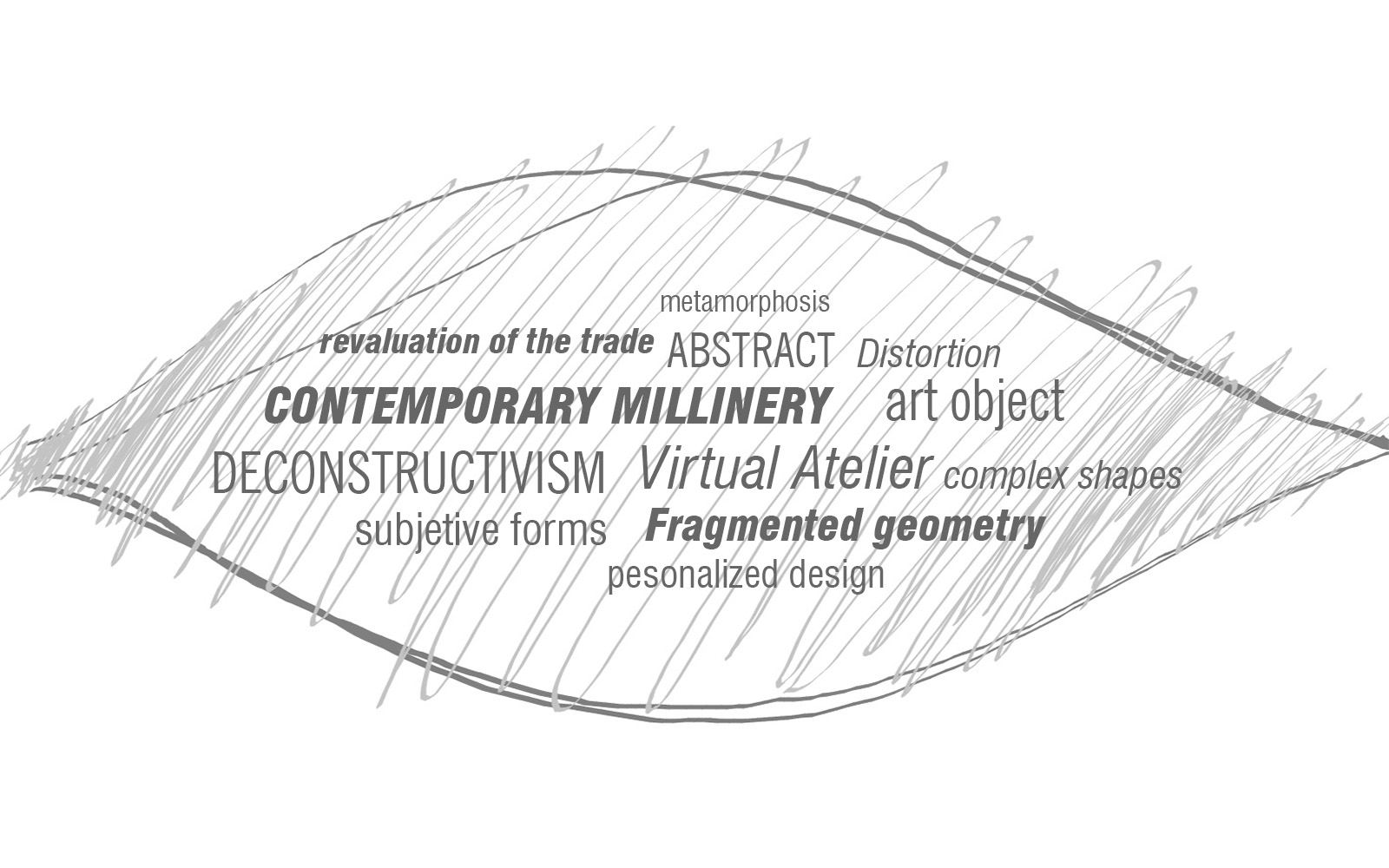
Postmodern millinery#
“The reason I’m interested in technology is because it’s the only way you can create new things in the world. Everything is done. All. Technology allows you to really go to places you have not visited before, and that’s what I look for in my work “ Hussein Chalayan
- This image tries to explain how I imagine in my ideal a contemporary hat mill atelier in comparison with traditional techniques and materials. First it was necessary to investigate, explore and work in the traditional way and then be able to analyze, propose new ways to build and design hats.
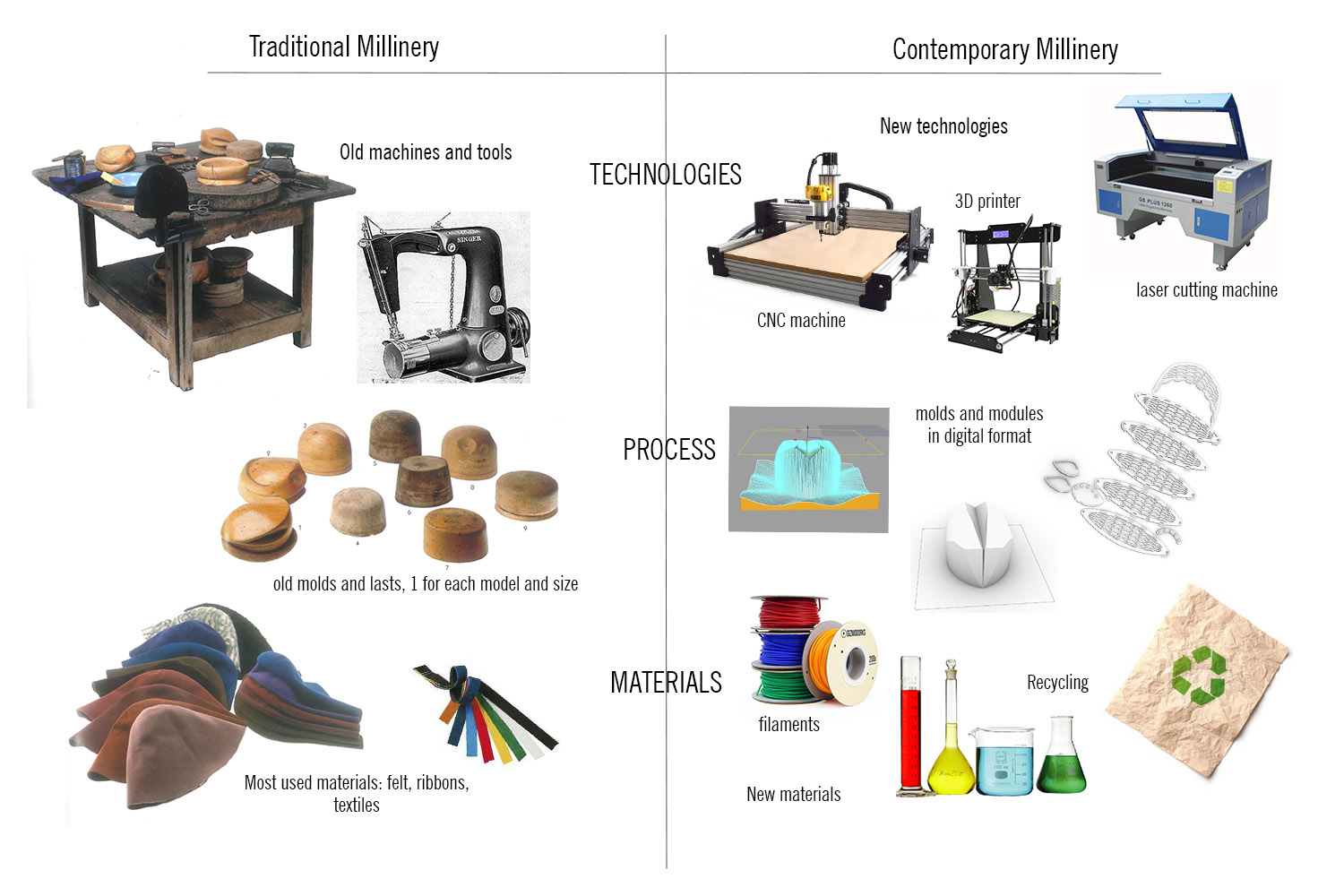
Workflow / my final Project#
The selection process regarding the assignments with which I would decide to work was not easy, I took as a criterion to analyze the results achieved in each of them, which in my opinion had greater development potential to be able to integrate them into a “Collection of hats “Inspired by the Deconstructivist movement (liberation of geometry and laws in general).
Selected assignments to work
- Biofabricating & materials
To achieve an evolution and differentiation in terms of my previous work in headgear, the base is the material; This is why it is a challenge to make my own material based on recycled paper.
-
Wearables e-textiles
Of the assignments that cost me the most, for me it was an unknown world, but they gave me great satisfaction when I was able to make “something” work or react electronically. I am clear that if I want to achieve “performative” accessories, electronics is a key element.
- Wearables 1
-
Computational Couture
Rhino became my favorite program to design in 3D and discover Grasshopper at first it collapsed my mind, but then it led me to experiment and be able to develop one of my projects with higher level of exploration and termination: Modular cap (with influence of the worked content in Circular Open Source Fashion). Using 3D printing in my work was one of the motivating and pending subjects I had before starting the course.
-
The Textile Scaffold
The basic technique in the trade of the headgear is to “mold” the material, that is what it is about, and one of the foundations of my final project is to resignify this trade to a contemporary user and stage; For this I must re-think this work from the design and construction in its initial phase. The shape that I could build using the milling machine, became my favorite object among my realized prototypes. I could have stayed in this assignment by molding countless materials.
About the Survey#
Whoever wants to collaborate with this survey, is available online for a period of one month:
This survey was carried out as part of the items of the Implications and Applications Assignment, designed for potential clients or users of this type of product. So far the people surveyed are more than 50. Although at first I took it as part of the exercise, the results were in some cases unthinkable and the data that has given me are of great interest to be able to guide and base my project.
These are the partial results so far
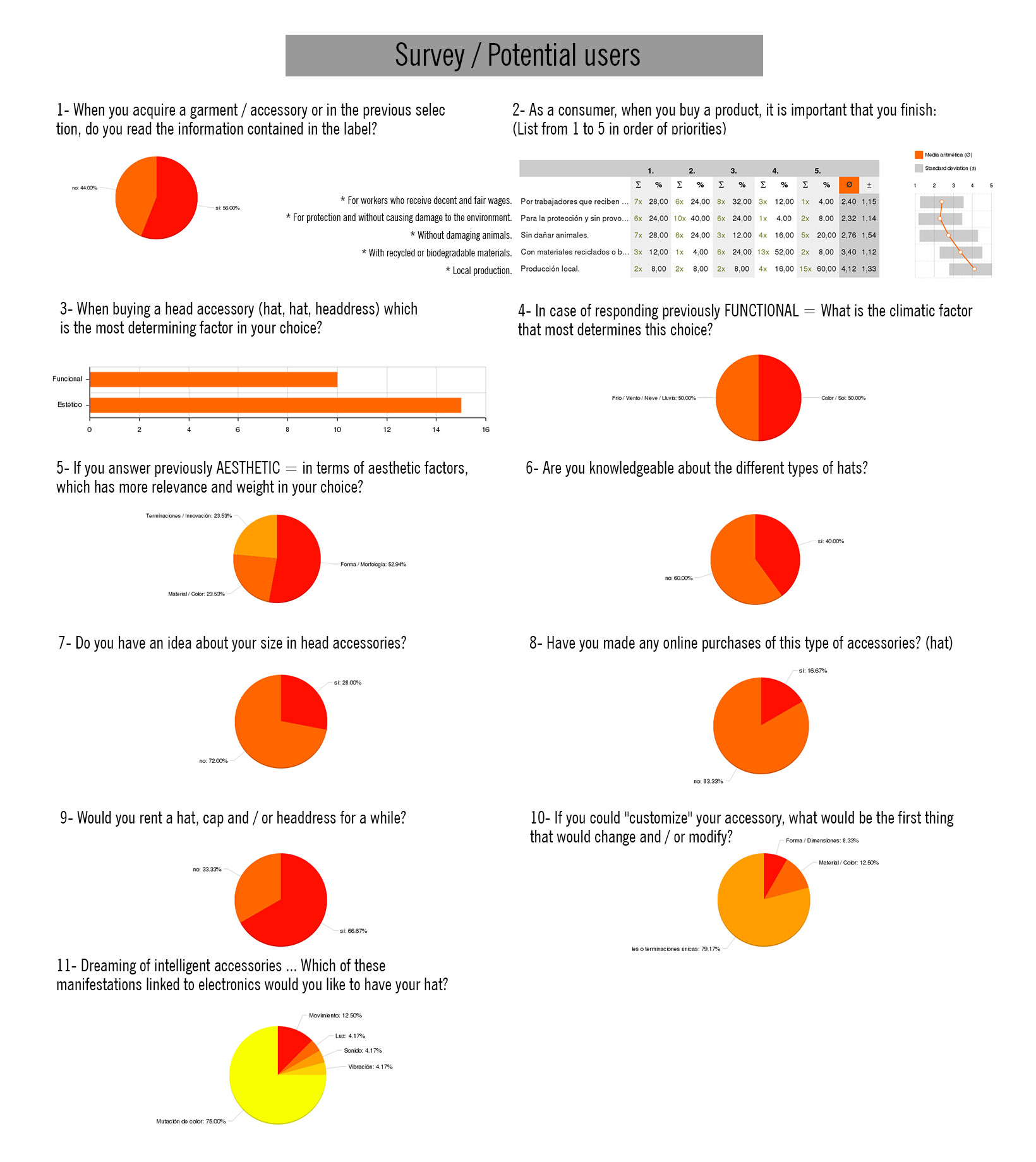
Most relevant / useful results
- When buying a head accessory (hat, hat, headdress) which is the most determining factor in your choice?

FUTIONAL (40%) AESTHETIC (60%) So, the Form follows the function?
- As a consumer, when you purchase a product, it is important for you to be done: (List from 1 to 5 in order of priorities)
Situa in the first places: For protection and without causing damage to the environment / For workers who receive decent wages and good working conditions / Without harming animals

- Dreaming of intelligent accessories … Which of these manifestations linked to electronics would you like to have your hat or cap? Mutation of color, Movement, Sound, Light, Vibration
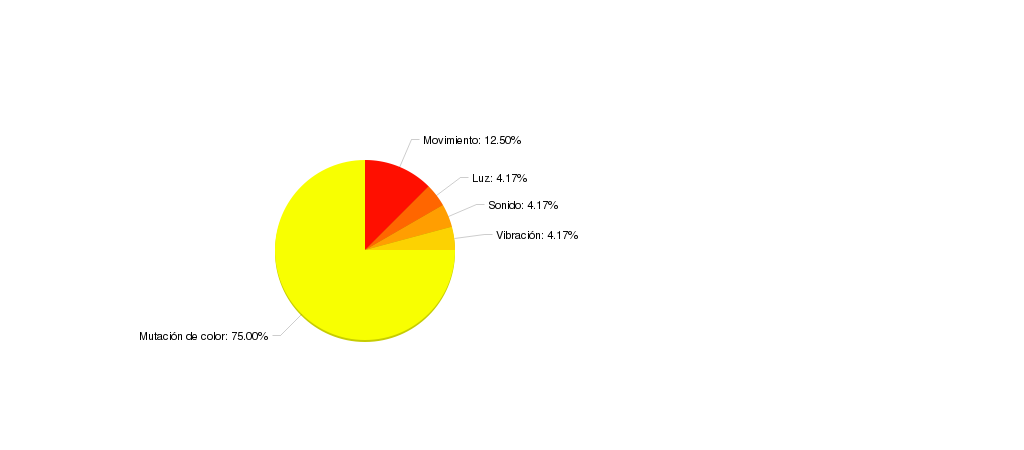
Experimentation 1 / Bio-newspaper material#
Inspirations / Designers who worked with paper as material in their collections

- Foldable paper cycling helmet wins James Dyson Award
PaperPulpPrinter from Beer Holthuis on Vimeo.
Making the material / Steps and recipe

Gelatin = 40 gr
Glycerin = 60 gr
Vinegar = 15 gr
Water = 300 ml
Daily paper pulp processed and drained = 180 gr
- Result = After drying the material contained in a rack, in the first 4 hours in the dehydrator and then at room temperature, the resulting material resulted in great flexibility and translucent appearance. The color was not the desired one, in a humid state it was gray, but when dried it became brownish. My intention is to continue exploring and adding dyes to achieve another range of colors.
- Questions: How to return this waterproof material? Does the thermochromic pigment work if I add them to the material?
Small scale prototype image (sewn by hand) to visualize the potential of the material to be used as textile, paper-leather
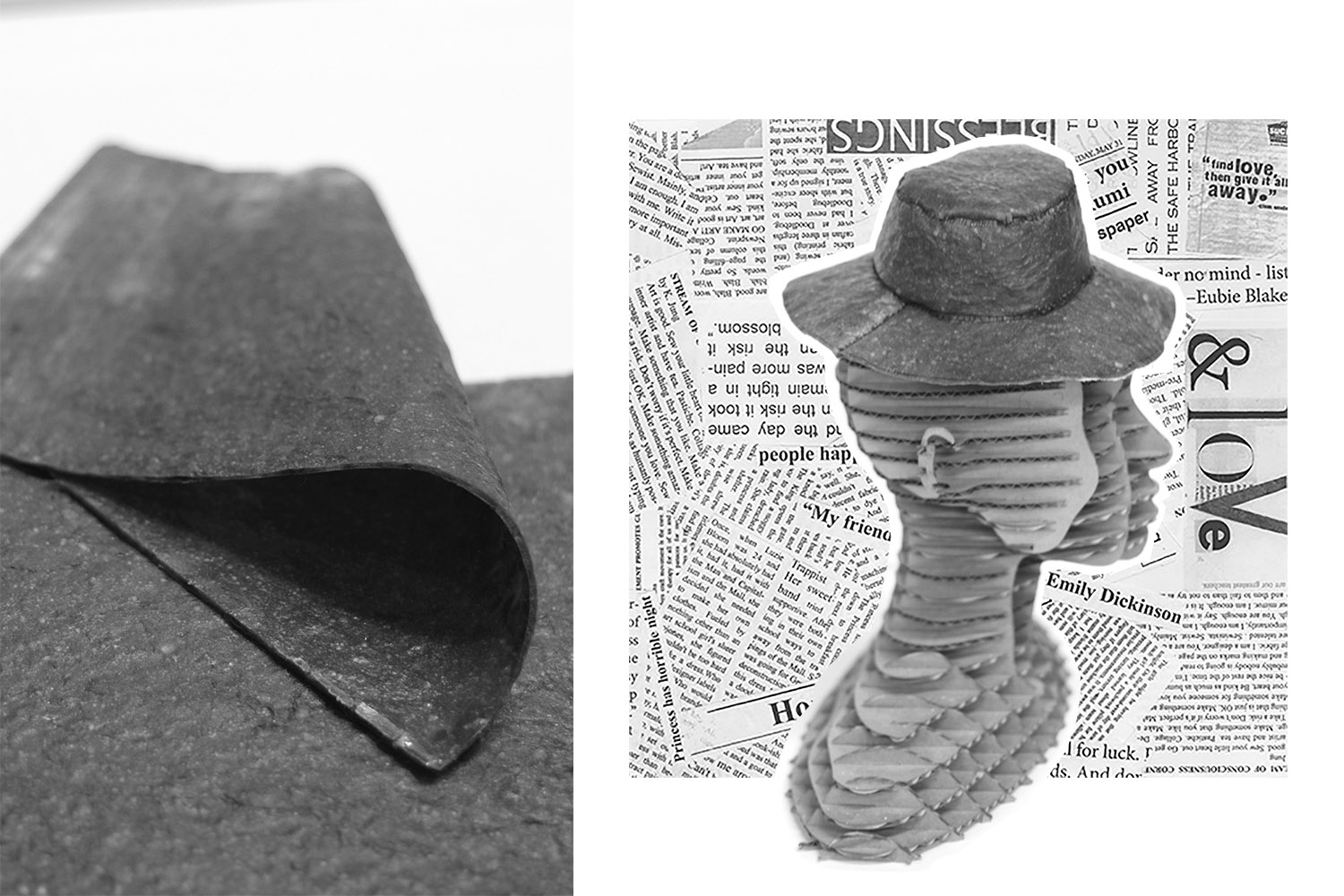
Experimentation 2 / Egg Carton Bio-Material#
Repeating the same process as in my previous experiment (biological material based on newspapers) this time I decided to experiment with the cardboard of the eggs, it has more rigidity, which would allow me to reach a final result with structure, appropriate for the patterns (like the brim of a hat or visor) or possibly to mold it, replacing the felt (the favorite material for molding hats from the beginning to the present time of the trade).
Experimentation / testing
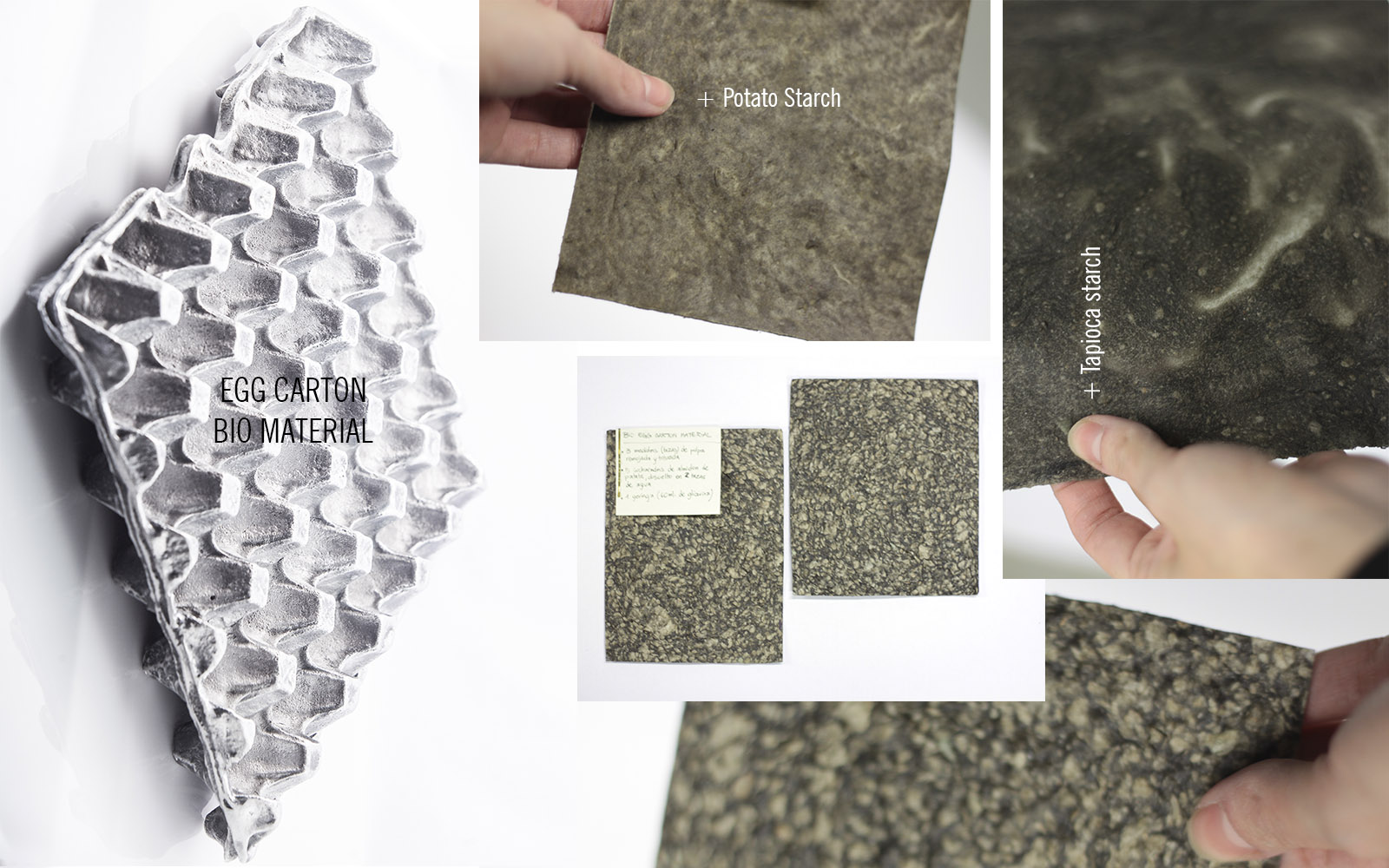
Recipe
Potato starch = 60 gr
Glycerin = 60 ml
Water = 300 ml
Pulp of egg carton soaked, boiled, later crushed = 300 ml
Molded
To mold the material, I only used the large pieces of cardboard or moderately crushed egg previously boiled in water with the addition of potato starch, which generates a viscous medium, allowing the pieces to stick together (like a new version of papier mâché). Then with the help of the vacuum machine the material can copy the exact shape of the mold. Once dry, I tried to sand it and the result was very satisfactory since the piece contains stiffness but at the same time a finish similar to a plush, soft to the touch.

- Result = Performing these tests and testing the material especially in the molding phase, encourages me to continue researching; I did “varnish” tests with alginate + thermo chromic paint and it works! Which would allow me in the future to develop a bio-helmet, structural, impermeable and with the possibility of changing color.
Exploration 3 / 3D printing hat#
Following the path started with the Modular Cap, this time I designed a hat prototype that includes 2 types of filaments for printing and subsequent insertion. The idea was to achieve a firm structure for the helmet and with filaments and different thicknesses of printing a tension between vertical and horizontal axes to achieve movement in the wing.
Inspiration / Research
- H E I D I L E E: “3D Print Fashion Maker”
Small scale prototype image (unfinished) printed in 3D

- Result and observations: Although structurally the prototype works, I must continue to develop models of parametric structures, ideally that can be printed in fewer pieces, since the fit between Filaflex and Pla works but not between Filaflex and Filaflex (generates deformations) .
Previous experimentation with electronics / Light / Movement#
- E-TEXTIL & WEARABLES II / Test Nitinol movement in visor
Week 9 / E-TEXTIL & WEARABLES II / Test 2 Nitinol movement in visor from Betiana Pavon on Vimeo.
- E-TEXTILES / Bend Sensor + LEDs
Estimated calendar#
- Week 1 /04 - 05 February Presentation MID / Preliminary design and quantification of accessories that will make up the collection / Exploration with biological material / Pattern / Laser Cutting
- Week 2 / 11- February 12 REVISION on electronics and custom tools / Design and programming of circuits to apply / Perform tests / Prototypes / Milling of lasts
- Week 3 / Prototypes / Molding of materials / 3D printing / Application of circuits
- Week 4 /25 - February 26 REVISION on prototype / Correction of prototypes, revision of completions / 3D printing / Molding of materials / Electronics
- Week 5 / Finishes and final adjustments in prototypes in real scale /
- Week 6 /11 - March 12 / REVISION on stories / Final finishes in full-scale prototypes / Shooting / Video shooting
- Week 7 / Work on the final presentation / Publishing of photographic and audiovisual material / Writing
- Week 8 /26 -27- 28 FINAL PRESENTATION